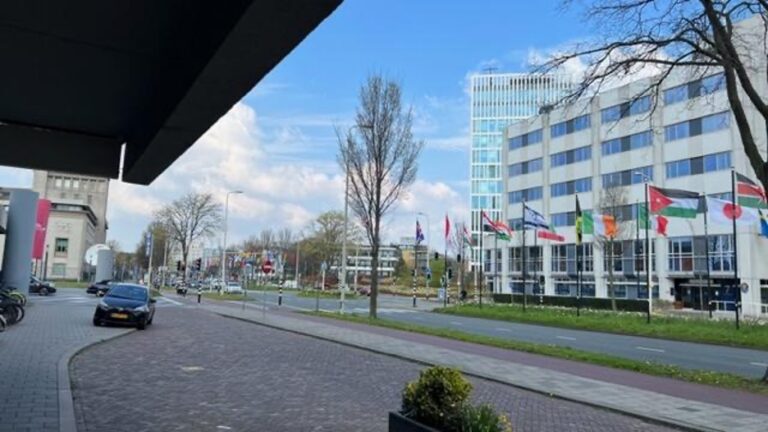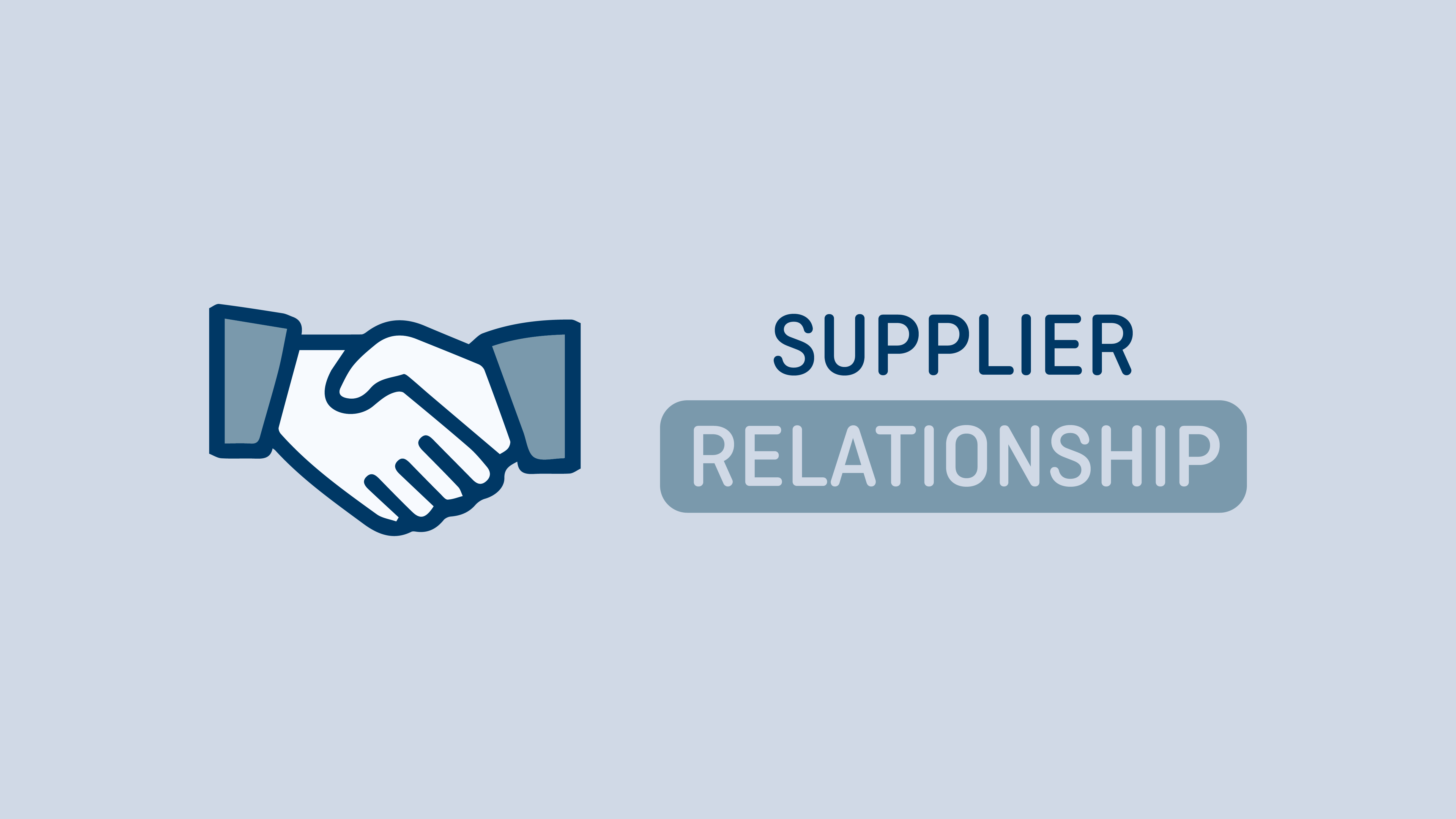
As I reflect on the 49th conference on the European Federation of Contact Lens and Intraocular Lens Industries (EFCLIN), I think the setting was perfect for what was essentially a coming together of the global Ophthalmic and Optometric industries. It was my first time visiting The Hague; the chosen venue – the World Forum – was situated just off Johaan De Wittlaan Street. As my Uber dropped me off outside the World Forum entrance, I watched proudly hoisted flags of countries from across the seven continents wave in a mild spring breeze along the main road.
This was my first time attending an EFCLIN conference. I was privileged to have been given the opportunity to participate as a speaker in the MDR workshop on 22nd April. I delivered a lecture on Risk Management and Biological Safety: the relationship between, and requirements concerning both within MDR (EU) 2017/745. I also enjoyed listening to esteemed speakers deliver insightful and pertinent learnings on other aspects of regulatory compliance. Ela Weston’s excellent talk on the relationship between QMS and Technical Documentation comes to mind, as does John Martyn’s apt lecture on Post-market Surveillance.

The exhibition hall was lively and diverse, and the stands were interesting and really showcased the state-of-the-art optical sector of the medical device industry. Metrological instruments, Manufacturing lathes, contact lens and IOL materials, established and novel process agents, diamond cutting tool suppliers, consultants, and of course, ophthalmic device manufacturers and distributors. Clearly, a huge amount of effort had gone into the quality of the stands, and I found it particularly impressive to see several full-scale contact lens manufacturing lathes installed and running during the conference. I had so many great discussions with so many different colleagues and delegates. I learned a lot.


One key takeaway for me (from the many discussions I had and was privy to) was the concern within the industry around regulatory burden and the MDR (EU) 2017/745. There is clearly a significant amount of apprehension within the industry around the Medical Device Regulation and the additional level of scrutiny and depth which it introduces to the implementation of the legal requirements for manufacturers. This burden inevitably gets passed back to the suppliers of materials and manufacturing equipment and services; things which the manufacturer themselves increasingly must understand, and document, in greater detail to demonstrate regulatory compliance.
Indeed, I had several conversations during the conference with both material suppliers and process equipment suppliers such as lathe manufacturers, which revealed that such suppliers and critical subcontractors who support Ophthalmic device manufacturers were either reacting to, or proactively thinking ahead and anticipating the increase in demands on data they would receive from customers embarking on the MDR journey or transitioning to MDR from MDD.
Notified Body resource issues were also raised in various conversations I had in both the exhibition hall and within the fringes of the talks I attended. There were evidently some Notified Bodies taking what can only be considered as far too long to get back to manufacturers in relation to MDR conformity assessment and certification requests; reflecting the known issues with availability of auditors and technical file reviewers, and the well-published bottleneck this has created in the issuance of MDR certificates. My message was clear then and it is now; manufacturers should foster good relationships with their Notified Body. The recent extension to the MDR transitional timelines should improve the situation by calming much of the imminent demand for MDR certification. As a very last resort manufacturers can also raise concerns regarding lack of communication to the competent authority of the member state of their Notified Body. This type of feedback serves as a barometer in the system and is important to competent authorities as market surveillance and designating authorities.
As well as sparking great conversations with new acquaintances, I bumped into a few old names and familiar faces – such is often the case in our industry. The EFCLIN conference, however, is more than a chance to complain about the MDR and Notified Bodies or other issues afflicting the European market. Whether during the mingling in the exhibition hall, in the midst of coffee and lunch breaks or later in the evenings within the hustle of the busy hotel bar, I was intrigued by the myriad accents, and languages spoken by my colleagues and peers also in attendance. EFCLIN may have European in its name, but it is indeed a truly global union of regulatory frameworks from across the globe, where members share their own local experience and knowledge with delegates openly and learn from each other. There was a sense of being ‘all in it together’, which emanated throughout.
After a black americano and cooked breakfast at the hotel, I headed back to Amsterdam on Sunday afternoon, and later caught my flight from Amsterdam Schiphol airport back to Norwich, UK; fully aware of why, some members, have been in regular annual attendance at EFCLIN conferences for many, many years and will no doubt be attending the 50th conference in 2024.




